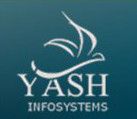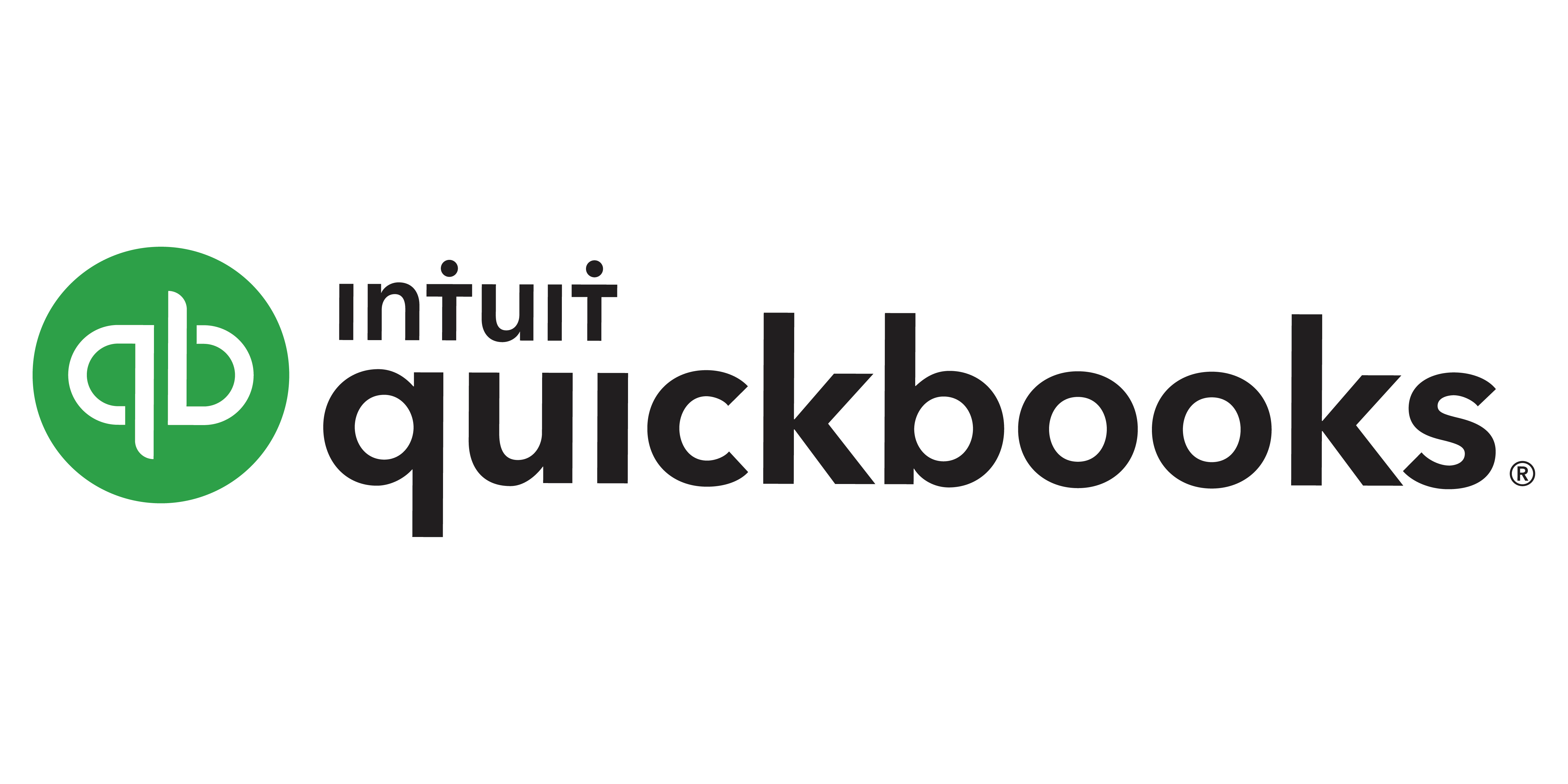What Is Banking Software?
Banking software is a type of technology solution created expressly for financial institutions such as banks, credit unions, and other financial organizations. It can also be known as financial software or FinTech. This software automates many financial processes and operations, making them more efficient and cost-effective.
One of the most important roles of banking software is to manage customer accounts and transactions. It enables clients to access their accounts online, monitor balances, make transfers, and pay bills without visiting a physical branch. This not only enhances the consumer experience but also allows banks to minimize operational costs. Another important part of banking software is its security features.
With the rise of cyber risks, financial institutions must ensure the security and protection of their clients' sensitive financial data. Banking software frequently contains numerous layers of security, such as encryption, multi-factor authentication, and fraud detection, to prevent unauthorized access. Along with customer-facing capabilities, banking software provides internal tools to help financial institutions manage their day-to-day activities.
This covers loan administration, credit risk assessment, compliance monitoring, and financial reporting. These solutions assist in streamlining and simplifying complex procedures, allowing banks to make more informed decisions and provide better services to their clients. Furthermore, banking software connects with other systems such as payment gateways, core banking systems, and accounting software to provide a comprehensive and seamless solution for financial organizations.
This interface assures real-time and reliable data, which reduces errors and increases overall efficiency. When purchasing banking software, it is critical to evaluate your financial institution's specific demands and goals. Some software may provide more advanced functions, but others may be better suited to smaller banks or credit unions. It is critical to properly consider all possibilities and select the one that best meets your needs and budget.
What Are The Recent Trends In Banking Software?
In recent years, the banking industry has seen a tremendous digital revolution, with technology playing an important role in streamlining operations and improving the consumer experience. As a result, there is a growing demand for innovative banking software solutions to suit these changing requirements. One of the most recent advances in banking software is the use of cloud technologies.
With the advent of online and mobile banking, banks are turning to cloud-based solutions to cut operational costs, boost scalability, and improve consumer access. This trend is projected to continue as more institutions see the value of cloud computing. Another rising trend is the integration of artificial intelligence (AI) and machine learning into banking software.
These technologies can analyze vast amounts of data in real time, allowing banks to make more informed choices and provide better client experiences. AI-powered chatbots are increasingly gaining popularity, offering clients with 24-hour support and personalized help. Furthermore, open banking is gaining traction, thanks to legal changes and customer desire for greater financial transparency.
This solution enables third-party financial service providers to securely access consumer banking data, resulting in a more personalized and integrated banking experience for clients. In keeping with the growing emphasis on cybersecurity, the banking industry is prioritizing data protection in its software solutions. This involves putting in place multi-factor authentication, encryption, and fraud detection mechanisms to safeguard sensitive consumer information.
Finally, with the growing popularity of digital payments, banking software now includes features that enable contactless and mobile payments, making transactions faster, more secure, and more convenient for customers.
Benefits Of Using Banking Software
Banking software helps banks and financial institutions streamline procedures, increase efficiency, and improve the client experience. Here are some of the significant advantages of using banking software:
1) Increased Efficiency: Banking software automates manual procedures such as data entry, calculations, and report creation, which reduces employee workload. This results in faster processing times and lowers the potential of human error.
2) Improved Security: Banking software has strong security features such as encryption and multi-factor authentication to safeguard sensitive financial information from cyber threats and fraudulent behavior.
3) Real-time Monitoring: Many banking software solutions have real-time monitoring capabilities, which provide bank managers with up-to-date information on transactions, account balances, and other critical data. This allows for better decision-making and faster actions based on real-time data.
4) Global Access: With the rise of internet and mobile banking, banking software now allows customers to access and manage their accounts from anywhere in the world. This not only improves the customer experience, but it also expands the bank's reach to other markets.
5) Customization: Banking software can be adjusted to the specific needs and requirements of a bank or financial institution. This enables banks to customize the software to meet their own business practices, making it more efficient.
6) Cost-effective: Banking software can help banks save money by lowering operational costs, reducing errors, and improving overall efficiency.7) Increased Customer Satisfaction: Banking software, including features such as online banking, mobile banking, and self-service options, provides clients with convenience and ease of access. This leads to higher customer satisfaction and retention rates.
Important Factors To Consider While Purchasing Banking Software?
When acquiring banking software, buyers should examine several essential factors to guarantee they make the best option for their business.
we'll look at the major factors that might help buyers make an informed decision and select the finest banking software for their individual requirements.
1. Security And Compliance: One of the most important considerations when selecting banking software is the amount of security it provides. As the financial industry faces increased cyber threats, it is critical to select software with strong security mechanisms in place to safeguard sensitive customer data and avoid fraud. Furthermore, it is critical to ensure that the software complies with industry laws like GDPR and PCI DSS.
2. Features And Functionality: Different banking software may have different features and capabilities. It is critical to assess your business needs and select software that includes the features required to achieve those goals. For example, if you need multi-currency support, make sure the software provides it. Additionally, assess the software's scalability to guarantee it can grow with your company in the future.
3. Usability And Integration: The banking software should be user-friendly and simple to navigate. It should also be compatible with the other critical tools and systems that your company employs. This might save you time and effort when training and integrating the software into your existing operations.
4. Customizability And Flexibility: Each organization has distinct requirements, and banking software should be adaptable to meet those needs. It should also provide the flexibility to adapt to shifting business trends and requirements.
5. Customer support: Any software can develop technical faults, and having dependable customer help is critical in such cases. When choosing banking software, make sure to inquire about the type of support offered and the response time for issue resolution.
6. Cost: The cost of banking software varies according to the features and functionalities provided. It is critical to strike a balance between the features you require and the price of the software. Choosing a lower-priced option may appear to be a cost-effective decision, but it may result in hidden fees or constraints that may harm your organization in the long run.
7. Vendor Reputation: A software vendor's reputation can have a substantial impact on the success of your software installation. Research the vendor, read reviews, and examine their track record to ensure they have a strong reputation and a history of offering high-quality products and services. By taking these critical elements into account, buyers can make an informed decision and select the finest banking software for their business. Before purchasing the product, request a demo or trial to evaluate its effectiveness in addressing your specific needs. Businesses that use the proper banking software can streamline their processes, increase efficiencies, and deliver better customer service.
What Are The Key Features To Look For In Banking Software?
When it comes to choosing banking software, a few important characteristics should be at the top of your priority list. These features will not only keep your financial institution running smoothly, but will also improve your and your customers' overall banking experience.
Here are the top four things you should look for in banking software.
1. Security Measures: With the continual threat of cyber assaults and financial fraud, security should be the first consideration when selecting banking software. Look for software that offers multi-factor authentication, end-to-end encryption, and real-time monitoring to protect your sensitive financial information.
2. Integration Capabilities: In today's digital world, banking software must integrate easily with various systems and platforms. This enables more efficient and streamlined procedures including direct deposits, internet banking, and bill payments. Make sure the software you chose can integrate with your current systems as well as any new ones you may implement in the future.
3. Compliance And Regulation Support: The banking business is highly regulated, thus it is critical to have software that conforms with all applicable regulations. Look for software that provides real-time compliance monitoring and reporting, automatic upgrades for regulatory changes, and audit trails to assure your institution's compliance at all times.
4. User-Friendly Interface: A user-friendly interface is essential for all software, but it is especially critical in banking software. Your personnel should be able to utilize the program without difficulty, and clients should have a pleasant and efficient experience. Look for software with a simple and easy user interface, customisable dashboards, and user permissions to guarantee that everyone can use it efficiently.
When buying banking software, keep these critical qualities in mind to guarantee that your institution remains secure, compliant, and customer-focused. Investing in high-quality banking software can not only improve your operations but also increase customer happiness, making it an excellent solution for any financial institution.
Why Do Businesses Need Banking Software?
In today's fast-paced corporate environment, monitoring finances and regular banking activities can be difficult. This is where banking software comes in, as a strong and necessary tool for organizations of all sizes. First and foremost, banking software consolidates all financial operations into a unified platform, making it easier to administer and monitor financial transactions.
Banking software automates laborious processes such as cash flow management, client profile maintenance, and transaction processing, saving firms time and resources. Furthermore, banking software provides strong security features to secure sensitive financial data and prevent fraud. Businesses can rely on advanced encryption technology and secure user access restrictions to keep their data safe and secure.
Another significant advantage of banking software is the real-time visibility it provides. Business owners and managers may now access real-time financial data and reports, allowing them to make educated decisions and action plans swiftly. This smooth flow of information also enables speedier responses to consumer requirements and concerns.
Furthermore, banking software has a variety of functions that help with financial management, such as budgeting tools and cost tracking. It also interfaces with other company software systems, which improves productivity and reduces manual errors. Banking software provides multi-currency support to foreign businesses, enabling for seamless transactions and currency conversions.
This functionality is particularly useful for e-commerce and cross-border transactions. Finally, banking software is scalable and adaptable, making it ideal for organizations of various sizes and industries. Whether you are a small business or a large corporation, banking software can meet your specific financial demands and develop alongside your company.
How Much Time Is Required To Implement Banking Software?
The time required to develop banking software varies based on several factors, including the bank's size, software complexity, and infrastructural readiness. On average, a good implementation can take several months to a year. The first step in deploying banking software is to examine the bank's needs and select the suitable software solution.
This can take several weeks to complete due to the extensive research and analysis involved. After selecting a software solution, the implementation phase begins. The implementation process is often staggered, with each phase focused on a certain feature of the product. This involves data migration, customisation, integration with current systems, and testing.
Depending on the bank's size and complexity, each phase can take anything from a few weeks to several months. The testing process is critical since it verifies that the banking software functions properly and meets the bank's criteria. This phase can take up to a month or more, depending on the amount of testing necessary.
When the program is judged ready for usage, it is deployed throughout the bank and staff training is offered. This process can take anything from a few weeks to several months, depending on the size of the bank and the number of staff that need to be trained. Overall, implementing banking software can take several months to a year.
The time schedule varies depending on the complexity of the program, the bank's readiness, and the resources available for implementation. Before picking a banking software solution, it is critical to understand the implementation timeframe in order to ensure a successful and timely deployment.
What Is The Level Of Customization Available In Banking Software?
One of the most important elements to consider when selecting banking software is the level of customization available. This refers to the degree to which the software can be customized to match the unique demands and requirements of your bank or financial institution.
In today's fast changing financial market, having adaptable banking software is critical for remaining competitive and addressing the ever-changing needs of customers. Banking software offers varied levels of flexibility, and it is critical to understand them before deciding which is ideal for your firm. Let us take a closer look at the various levels of customisation in banking software.
1. Out-Of-The-Box Solutions: Some banking software may include pre-built features and functionalities that cannot be customized. These out-of-the-box solutions provide limited customization options and are often best suited for smaller banks or institutions with simple requirements.
2. Configurable Software: Configurable software provides some level of customization, typically via a user-friendly interface. This means that some features and procedures can be customized to meet your institution's unique processes and requirements without the need for coding or development.
3. Modular Software: Modular banking software provides greater versatility by allowing you to select and integrate particular modules that match your organization's requirements. This implies you can create a customized software suite by selecting and combining components that meet your institution's needs.
4. Fully-Customized Software: For larger banks or institutions with complicated operations and specific needs, fully-customized software may be the best alternative. This entails developing a custom software solution from the ground up to meet the unique requirements of your firm. While this choice allows for the most personalization, it is also the most time-consuming and expensive. When deciding how much customisation you want in banking software, you should carefully analyze your organization's needs and budget.
While fully tailored solutions may seem appealing, they are not always essential or viable for every institution. Choose a level of customisation that meets your current requirements while also allowing for future growth and adjustments. Consulting with a competent software supplier can also assist you in determining which solution is appropriate for your firm.
Which Industries Can Benefit The Most From Banking Software?
Banking software is an effective instrument that provides several advantages to organizations of all sizes and sectors. However, certain sectors might profit greatly from adding banking software into their processes. In this buyer's guide, we'll go over which industries can profit the most from banking software, and why.
1. Banking And Financial Services Industry: It's no surprise that the banking and financial services industry is the largest consumer of banking software. From retail banks to investment businesses, banking software is used extensively for transaction processing, customer management, risk management, compliance, and other functions. Banking software enables these institutions to streamline processes, cut costs, and improve the client experience.
2. Retail Industry: With the rise of e-commerce and digital payments, the retail industry has become a major user of banking software. Retailers who integrate banking software may securely handle payments, manage refunds and returns, analyze sales statistics, and obtain insights into their customers' behavior. This allows them to make more educated business decisions and improves their overall financial management.
3. Hospitality Industry: Banking software can also benefit hotels, restaurants, and event management organizations. With capabilities such as online booking, payment processing, and integrated sales reports, hospitality firms can better manage their cash flow, decrease errors, and provide a consistent client experience.
4. Healthcare Business: As the healthcare business evolves, so do the financial management requirements. Banking software can help healthcare providers, insurers, and pharmacies simplify billing processes, maintain patient financial data, and increase transaction accuracy and timeliness. This leads to speedier reimbursements and fewer billing errors, which improves the financial health of these organizations.
5. Nonprofit Organizations: Charities and foundations can also benefit from banking software. With capabilities like as online donations, spending tracking, and reporting, these groups may successfully manage their donations and expenses, track their financial performance, and adhere to tight rules.
Conclusion
After conducting extensive research and examining various banking software solutions, it is evident that banking software has become an indispensable tool for financial firms. With the ever-changing technology landscape, traditional banking methods are no longer adequate to satisfy the needs of modern banking. financial software provides a variety of features and advantages that can significantly increase the efficiency, accuracy, and security of financial processes.
From simplifying client transactions to real-time analytics, these software technologies have the potential to transform the banking industry. When deciding which banking software to invest in, it is critical to analyze your institution's specific demands and goals. Whether you require a full core banking system or tailored software for a single purpose, there are solutions to meet your needs and budget.
Furthermore, it is critical to select a reliable and competent banking software vendor. Given the sensitivity of financial data, a dependable and secure system is required. When choosing banking software, it is equally important to consider training and customer support. Adequate staff training and fast technical support can help to maximize the software's benefits while minimizing disruptions to normal operations.
Finally, banking software has evolved into an essential component of modern banking, providing several benefits to financial organizations. You may assure a smooth and successful banking software implementation by carefully assessing your institution's requirements and picking a trustworthy provider with extensive assistance.






















